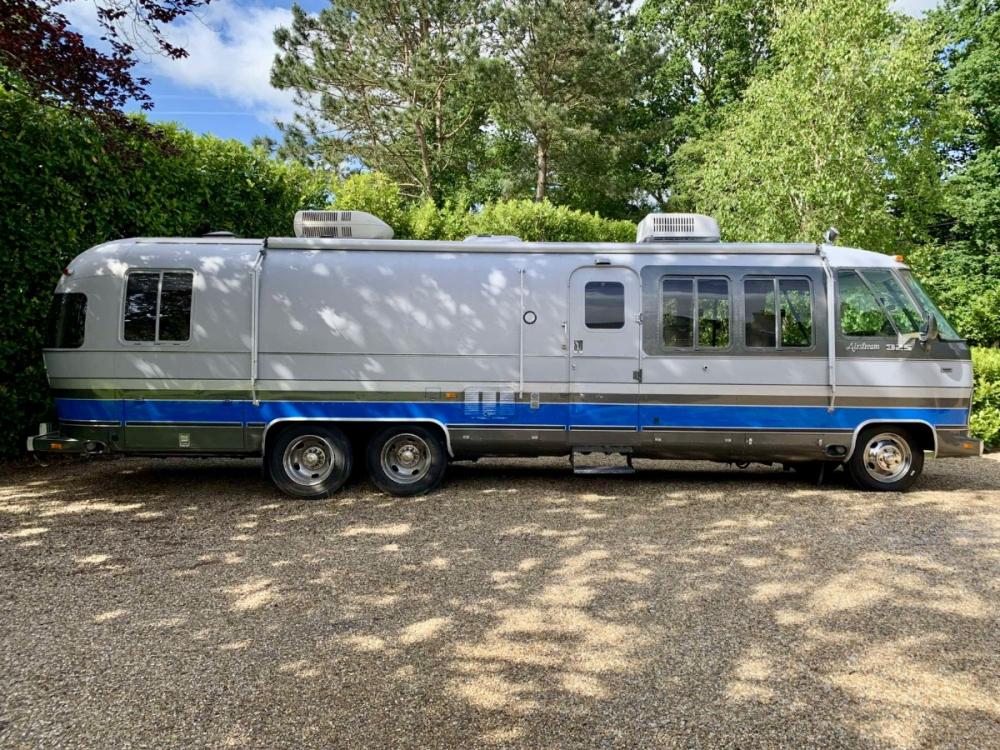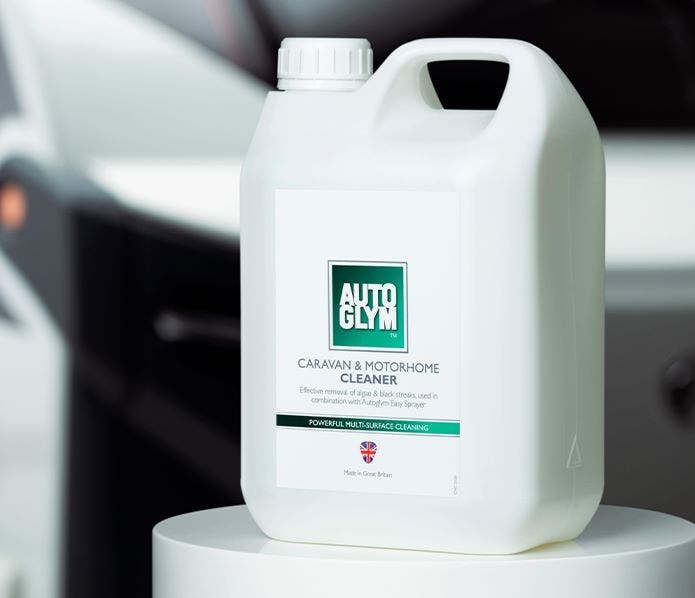search
date/time
 | Cumbria Times Weekend Edition |

Andy Harris
Motoring and Property Editor
@ytimesmotoring
11:00 PM 24th October 2025
cars
Preparing Your Motorhome For Winter Storage

Drain your water system now
Many insurance policies require a winter drain-down from around November, often from the 1st, and set conditions for when the campervan is unoccupied in colder months.
Even for policies that allow drain-down up to mid-March, insurers may still contest frost damage claims if freezing weather arrived earlier and the system was not adequately emptied, arguing a breach of policy conditions or negligence.
To stay protected, all fresh and waste water tanks, external showers and the water heater should be fully drained before temperatures drop.
Make sure there’s ventilation - prevent mould damage
Once a vehicle goes into winter storage, stale air builds quickly and leads to mould growth. Leaving cupboard and fridge doors slightly open and keeping some airflow inside prevents moisture damage and musty smell.
Mould repairs can be expensive, and insurers often treat it as a preventable storage issue, so they may not pay out if a claim is made later.”
If the motorhome is connected to the mains, consider running a small dehumidifier which will help keep any damp at bay.
Store your vehicle in a safe location
Security should be a priority when choosing a storage location. Avoid parking under trees where falling branches or leaves can cause damage and try to position the vehicle out of sight from potential thieves. Consider fitting a separate steering wheel lock or similar.
Always check your insurance policy for any specific storage requirements. Knowing that your vehicle is fully insured and that you meet all conditions can give you peace of mind while it’s not in use.
Wash the vehicle

Tyres
Make sure tyres are fully inflated and perhaps add some extra air to help avoid them flat spotting. If possible, move the vehicle around a little once a month or so.
Battery
If a power supply is handy, consider hooking the 12- volt battery up to a charger. CTEK has a range of units that will do the job well. And in a similar vein, keep the leisure battery plugged in too, thus ensuring it will be in good condition when pressed into service in the spring.
Other
If your motorhome is kept off the public highway and you know it will not be driven, you can make a SORN (statutory off-road notice) and reclaim any outstanding road tax. Don’t forget to re-tax it when spring arrives and you intend to head out once again.
With little used vehicles, it makes sense to start the engine once a month or so and allow it to come up to temperature. I would also always leave the handbrake off, chocking the wheels were necessary.
If your motorhome is stored indoors, be aware of rodent activity. An unused motorhome makes a cosy billet for the little creatures, and they can do a lot of damage to upholstery and wiring, both costly to sort out. Regular checks and perhaps some humane traps.